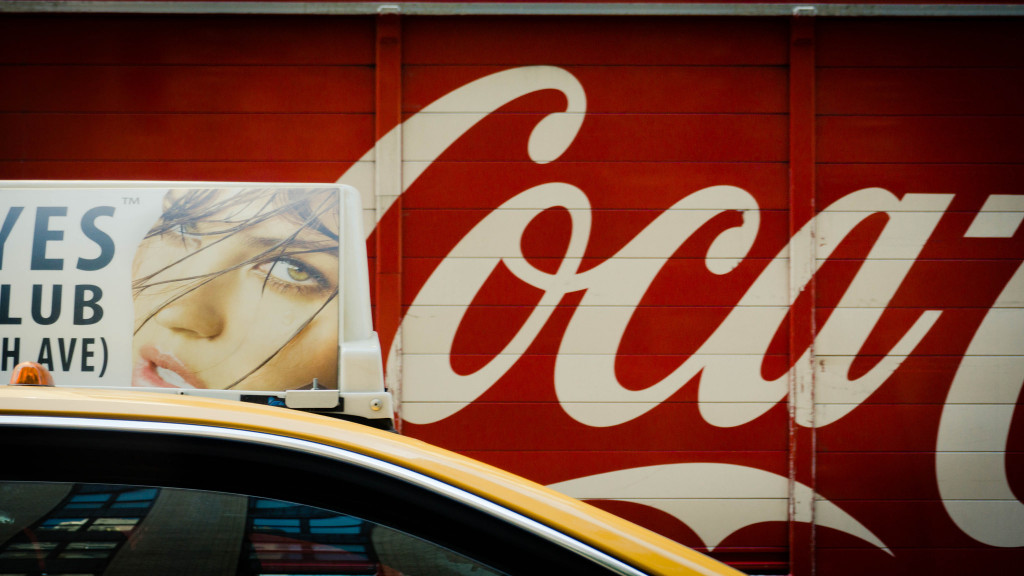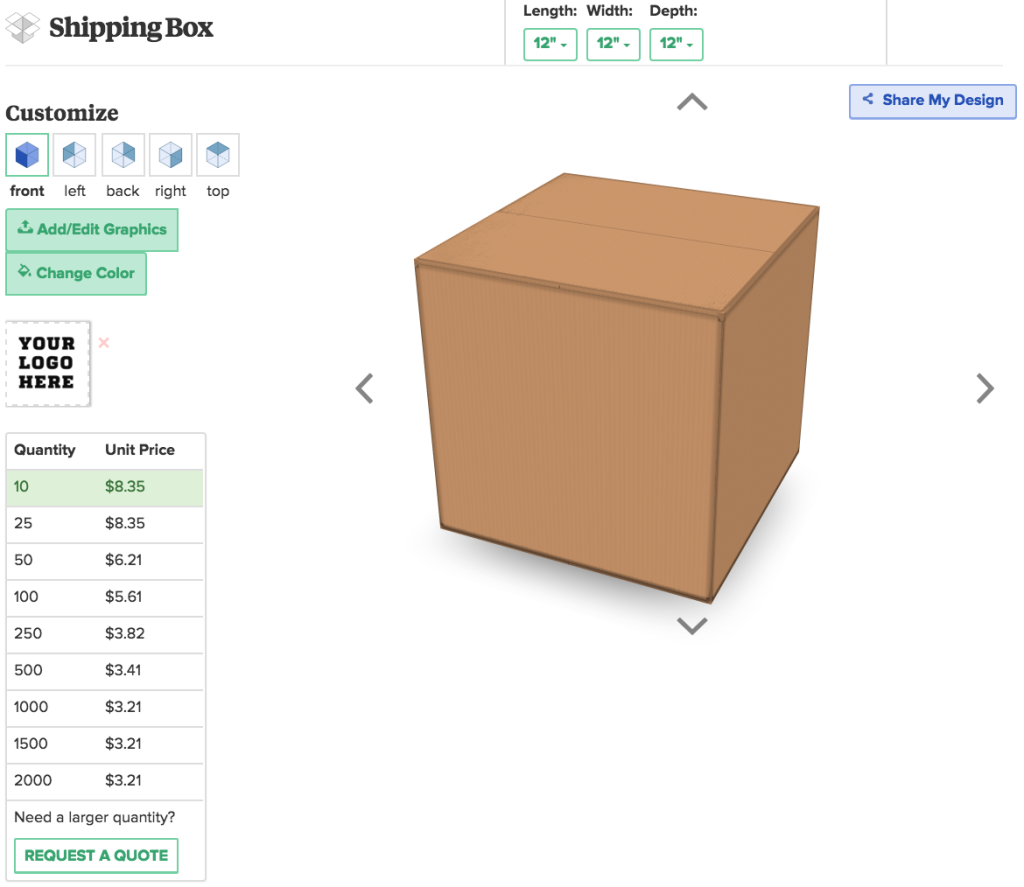In an area as crowded as ecommerce, building a brand is important, especially if you’re a small business. There are enormous online retailers, like Amazon, eBay, or Target, with strong brands and businesses that customers gravitate towards, but they’re more or less the same – large companies that compete mostly on price points and customer service. One of the largest differentiating factors your average e-retailer has is a brand, so it’s important to build it. Hopefully the customer will come.
The Basics of Branding
Your brand is all about branding itself into customers’ minds. It’s a representation of your business that customers can identify, experience, and enjoy. From your logo, to customer service, or social media, the brand should be everywhere. Essentially, it’s the ‘personality’ of your business, so to speak, and it communicates the essence of your business to customers.
Brands are more-or-less composed of 3 parts: a logo, tone, and a goal. Let’s go through each of them.
Logo – It’s something we’re all familiar with; a design or symbol that represents a business. It embodies what you stand for and visually communicates with the customer. Accompanying the logo, there’s also a color pattern, which is more significant than you might think. HubSpot has a very interesting post on how brands’ color palettes are strategically chosen.
Tone – This is the voice of your company – it’s how you sound. All your marketing communications — social media, blog posts, product descriptions, banners — reflect your tone. If you’re selling gag gifts, you may want to embrace a sarcastic, humorous tone. If you’re selling high-end jackets, you’ll probably want to seem sophisticated. It’s all a matter speaking to your customer in a way that speaks to them and gets them interested.
Goal – Similar to a mission statement, brands tend to have a promise in mind when they go about their business. Like Men’s Wearhouse’s “You’re going to like the way you look. I guarantee it,” a goal can be both a tagline and a promise to the customer. It also points to what may differentiate your business from others, and tends to highlight a strong aspect of your brand or product, like customer service or product quality.
But before you can begin honing the basics of a brand, you must have a customer in mind.
Center of the Bullseye
Although most businesses are more than happy to have any and all customers, it’s better to have a specific customer in mind that you know will connect with your brand. Like we mentioned earlier, there are many companies large and small competing in ecommerce, so developing a brand that’s highly targeted and potentially niche helps to differentiate yourself. It’s like throwing darts – you might score a bunch of points throwing many darts on the edges (trying to appeal to as many customers as possible), but you’ll score more points with a single dart on the bullseye (appealing to a very specific type of customer).
A major part of determining your target customer is figuring out their demographics and psychographics. Below are two ways of thinking about each.
Demographics – typical characteristics of your customer, “who” buys your products
- Age
- Gender
- Location
- Class
Psychographics – behavioral characteristics of your customer, “why” they buy your products
- Lifestyle
- Hobbies
- Goals
- Attitudes
It’s up to you to decide your target customer based off the above factors. Are they a working mother with a family in suburbia that could use a break? Maybe they’re an edgy teenager with a knack for looking as outlandishly different as possible. The more specific your target customer, the better you can tailor all your strategies and communications — whether it’s email, social, or advertising — to get them buying.
Packing Your Brand
Since we’re all about shipping, there’s also a little bit of branding you can bring to your boxes. Have you ever seen those videos on YouTube of people ‘unboxing’ products? Sure, it’s almost 100% sponsored, but there’s something magical about unwrapping a product you’ve been looking forward to. Google backs it up, claiming that unboxing videos grew in views by 57% between 2014 and 2015. Like a kid eagerly tearing through wrapping paper, your packaging is a part of the customer’s experience to be enjoyed.
So it goes without saying that unique, brand-infused packaging is something small online retailers should consider if they want to differentiate themselves from the big dogs. Companies like Packlane, Brand in Color, and Pakible exist to let you create your own custom packaging based on your brand’s design. Give ’em a look, and see if your margins can work with the increased cost.
Packlane’s customizing interface
Speaking of costs, there’s a reason high-quality brands are able to get away with their high prices. Although the term usually suggests high quality items, there tends to be a high quality to the packaging experience as well. Apple, for instance, is known for both its packaging and the ‘wow’ factor that comes with unboxing. There’s no doubt that the cost of the box’s high quality materials and design goes straight into the price. Although spending the money of branding may like something to avoid, it can be tied to your price points.
What’s to Come
On the topic of margins and costs, there’s another critical part of your business connected to your brand: pricing. For many consumers, it’s the make-or-break point, and all of the large retailers we’ve been repeatedly talked about have the obvious advantage in this department. But it shouldn’t be a race to the bottom in an effort to compete. Your brand and pricing are linked. They support one another, and we’ll cover all that jazz next week. Stay tuned!
Image: Jeffrey Zeldman, Flickr




